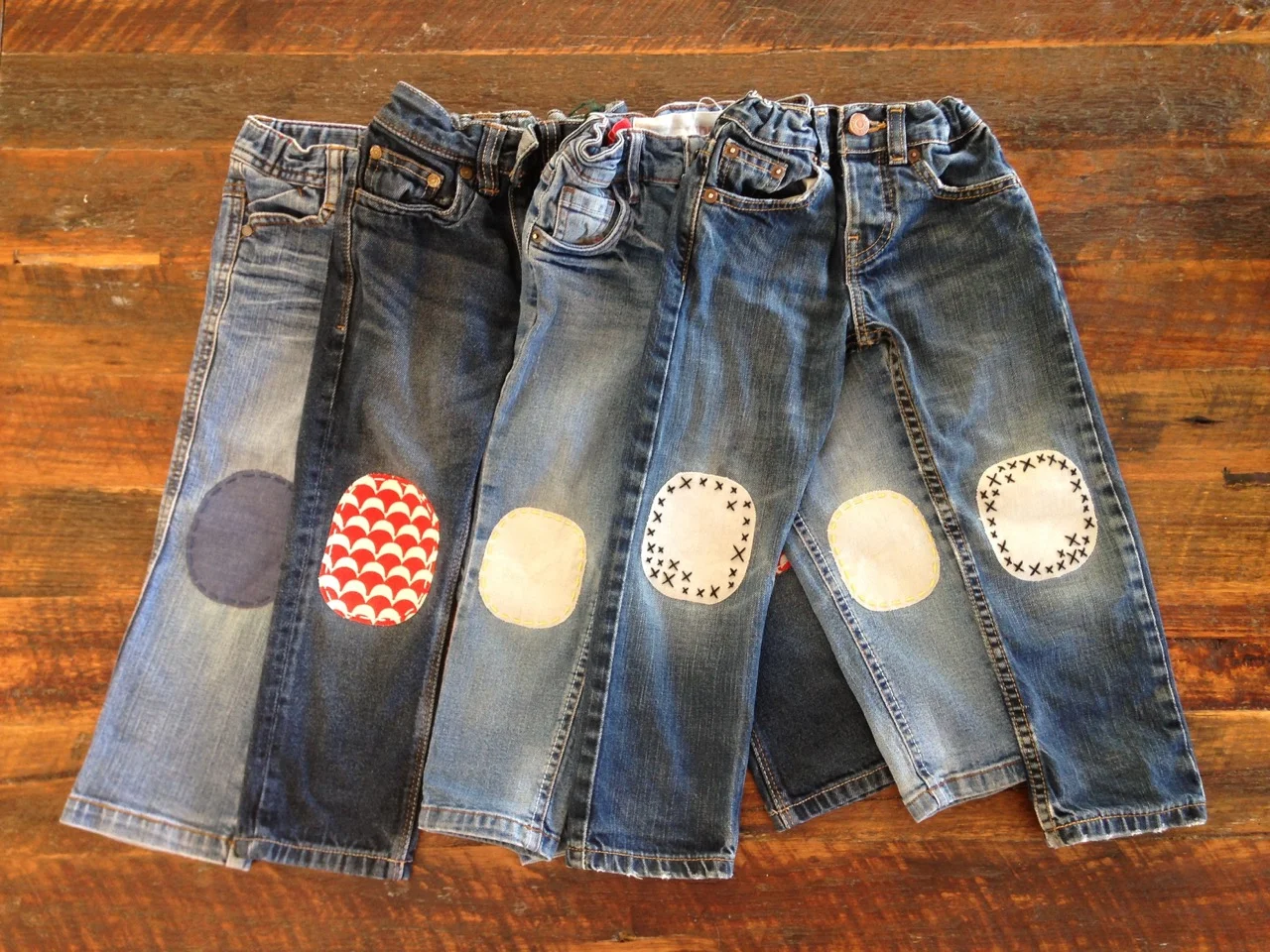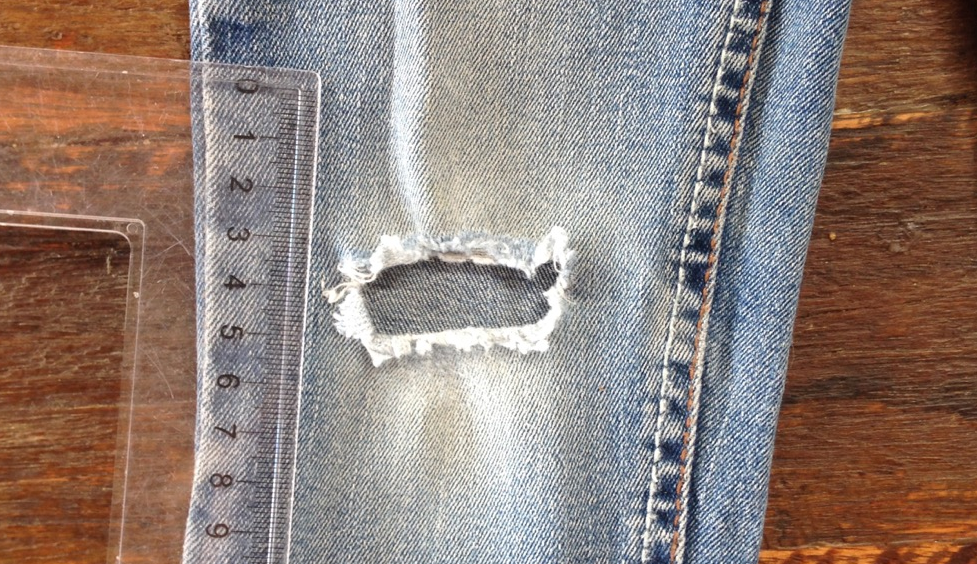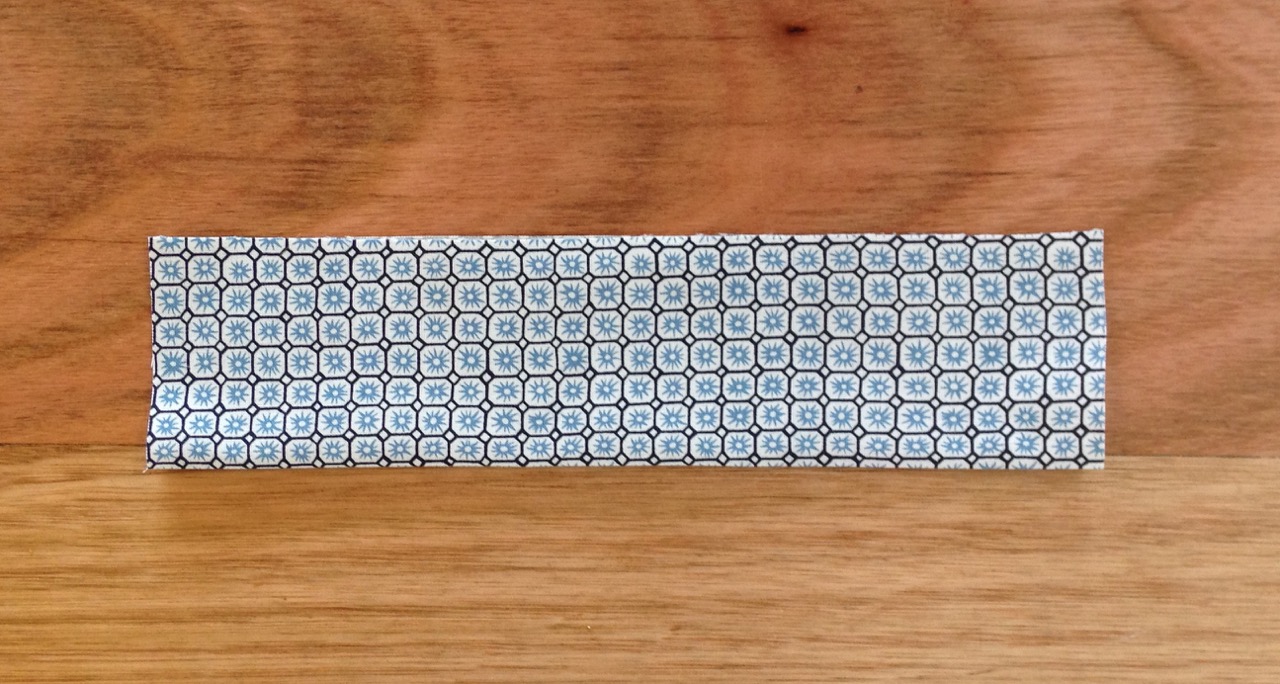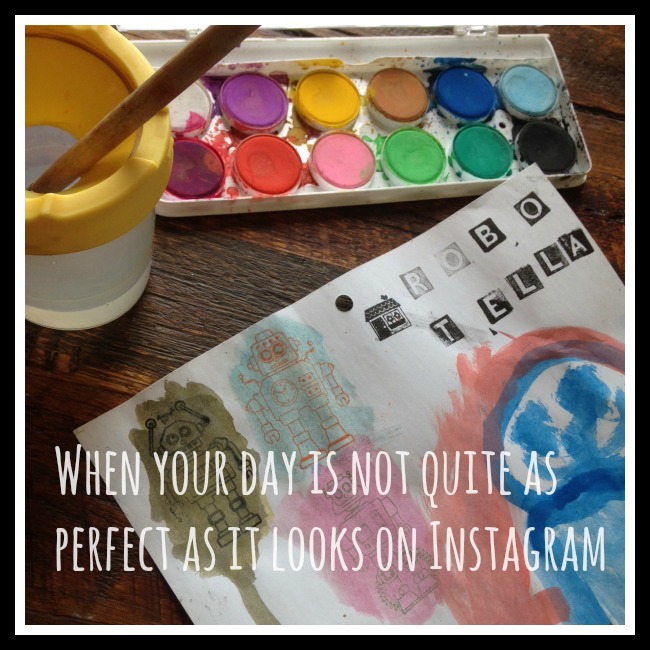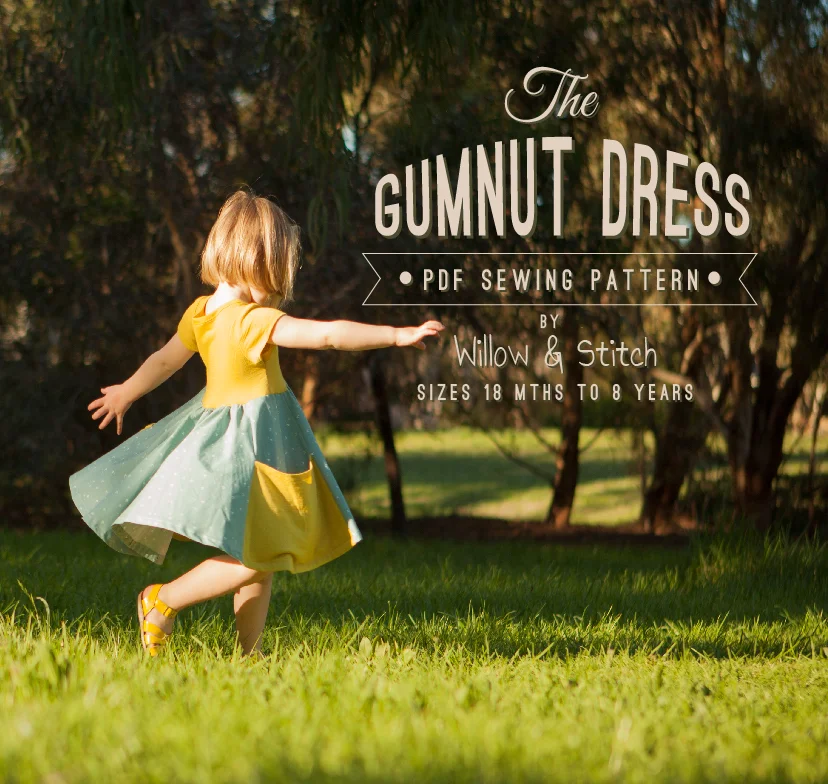Awesome Knee Patch Tutorial
/Little boys. They are amazing in so many ways. I love their enthusiasm and their exhuberance. It has it's downsides though. Like bruises, bumped heads and worn knees and ALL their pants. I've had a huge stack of jeans sitting in my mending pile for weeks now and today I finally got around to patching them.
This is my favourite patching method for pants. It's quick, it's easy, there's lots of room for being creative and best of all you don't even need a sewing machine. I don't know if you've ever tried, but it's actually really difficult to use a sewing machine to patch little boy's pants. The legs of them are so slim that they often won't fit over the arm of your sewing machine and even if they do, there certainly isn't room for turning corners.
This method uses double sided fusible interfacing and a bit of good old fashioned hand stitching.
You will need:
Approx 6 x 4" fabric
Approx 6 x 4" double sided fusible interfacing
Embroidery thread and needle
Iron
Start by measuring the size of the area that you want to patch.
Cut 2 rectangles of fabric to size and lay them onto one side of the fusible interfacing. Press using a hot, dry iron to fuse. Leave the paper backing on the interfacing and draw the shape of your patch on the paper. Trim to shape and repeat for the second patch.
Remove the paper from the second side of the fusible interfacing and position on the pants over the hole. Iron the pants before doing this so that you don't get a lumpy finish.
TIP: Slide the paper from the fusible interfacing inside the pants leg so that the interfacing will not bond to the back of the knee at the site of the hole.
Iron the patches to fuse them in place.
Take a needle and embroidery thread in complementary or contrasting colour and sew right around the edges of the patch to secure it in place.
If you don't do this step you will find that after a few washes the patch begins to peel away from the pants. Also it's a lovely way to add detail. The quickest way to do this is with a simple running stitch but you can get creative and try something different. This version with embroidered crosses is one of my favourite.
Don't be put off by the hand stitching. I know lots of people hate it, but it an be a lovely, relaxing thing to do. Get yourself a cup of tea and put your feet up. Find your happy place.
Even the cats can get involved.. I really don't know what it is with this one. She just has to be wherever my focus is. It's very cute but makes life a little difficult sometimes...!
Do your kids wear out their clothes? Do you have a favourite method for patching pants?

